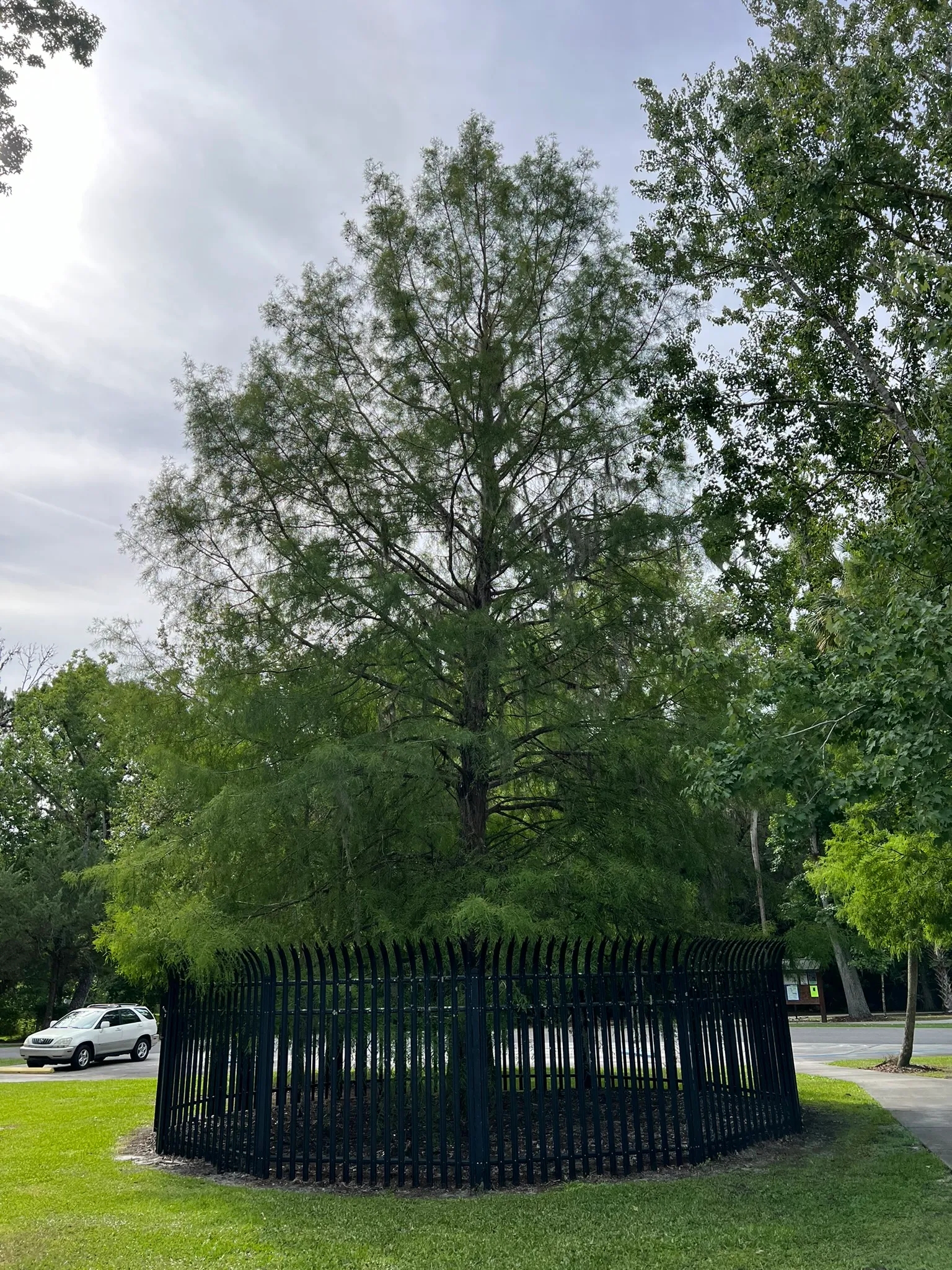Buttonbush
Discover the Buttonbush (Cephalanthus occidentalis), a unique and beneficial native shrub that is a favorite for attracting pollinators and wildlife to your garden. Often found in moist to wet habitats, this deciduous shrub, sometimes growing as a small tree, showcases distinctive round clusters of fragrant, white flowers throughout the summer, resembling pincushions. These blooms are a haven for hummingbirds, butterflies (including Eastern Tiger Swallowtails), and bees, making it an excellent choice for a pollinator garden. The Buttonbush also provides food and shelter for waterfowl and other birds with its persistent reddish-brown, ball-like fruits that last into winter. Adaptable to various soil types (except dry ones) and tolerant of heat and soil compaction, the Buttonbush is a low-maintenance native plant perfect for rain gardens, water gardens, and naturalizing wet areas. It was even selected as the 2023 NC Wildflower of the Year!
Sizes Available
Wholesale Only
1 Gallon
$4.00
3 Gallon
$8.00
Scientific Name: Cephalanthus occidentalis
Common Name: Buttonbush, Button Bush
Hardiness Zones: 5a through 9b
Height: Typically grows as a shrub up to 12 feet, but can reach 20 feet as a small tree.
Spread: 8 feet
Growth Rate: Medium
Foliage: Spring & Summer: Opposite or whorled arrangement of simple, ovate to elliptic bright green leaves, providing a lush backdrop. Fall: Insignificant yellow color.
Bark: Gray and somewhat peeling, developing furrows with age, adding subtle winter interest.
Sun: Full sun to partial sun; flowering is poor in shade.
Soil: Needs consistently moist to wet, rich soils; thrives in swamps, streambanks, riverbanks, lakes, and can tolerate standing water up to 3 feet; adaptable to various soil types except dry ones; poor flowering in dry soils.
Wildlife Value: Exceptionally valuable for wildlife, attracting many types of pollinators (hummingbirds, butterflies, bees), waterfowl (ducks), songbirds, and small mammals. The fruits provide winter food, and the foliage offers shelter. Host plant for several moths.
Why Choose Buttonbush?
A Pollinator Paradise in Your Garden:
The Buttonbush is a magnet for pollinators, with its fragrant, unique spherical flower clusters attracting hummingbirds, butterflies (including the beautiful Eastern Tiger Swallowtail), and a variety of bees, creating a vibrant and buzzing garden.
Thrives in Wet Conditions and Aids Erosion Control:
Perfectly suited for rain gardens, water gardens, and areas with poor drainage or even standing water, the Buttonbush is an excellent choice for wet sites and can also be used for erosion control along streambanks and ponds.
Provides Year-Round Interest and Wildlife Support:
Enjoy the distinctive summer flowers followed by showy reddish-brown fruits that persist into winter, providing food for birds and visual interest even after the leaves have dropped. This native plant supports a wide array of wildlife.
Low Maintenance and Adaptable Native Shrub:
Once established in a suitable location, the Buttonbush requires little pruning and is adaptable to various soil types (excluding dry ones), as well as tolerant of heat and soil compaction, making it a resilient and easy-to-care-for native addition to your landscape.
Environmental Benefits of Planting Buttonbush
This data is based on US Averages of healthy and mature trees over a 20-year period.
Check out the USDA’s MyTree Tool to input your custom location data.

CO2 Offset
A single buttonbush can offset the CO₂ emissions produced by driving an average gas-powered car for 289 miles.

Water Filtration
A single buttonbush can absorb enough stormwater to fill 2,511 bathtubs, reducing erosion, runoff, and supporting transpiration.

Removes Air Pollution
A single buttonbush removes as much air pollution as the weight of 243 smartphones.
Featured Projects
Central Florida Lands and Timber Nursery, LLC. is a wholesale nursery specializing in a wide array of Florida native trees. With an inventory of over 2 million container-grown trees, CFLTN, LCC can meet the needs of large-scale reforestation, mitigation, and landscaping projects throughout the Southeast region.
Phone
(386) 294-1211
Address
3087 North County Road 53 Mayo, Florida 32066








